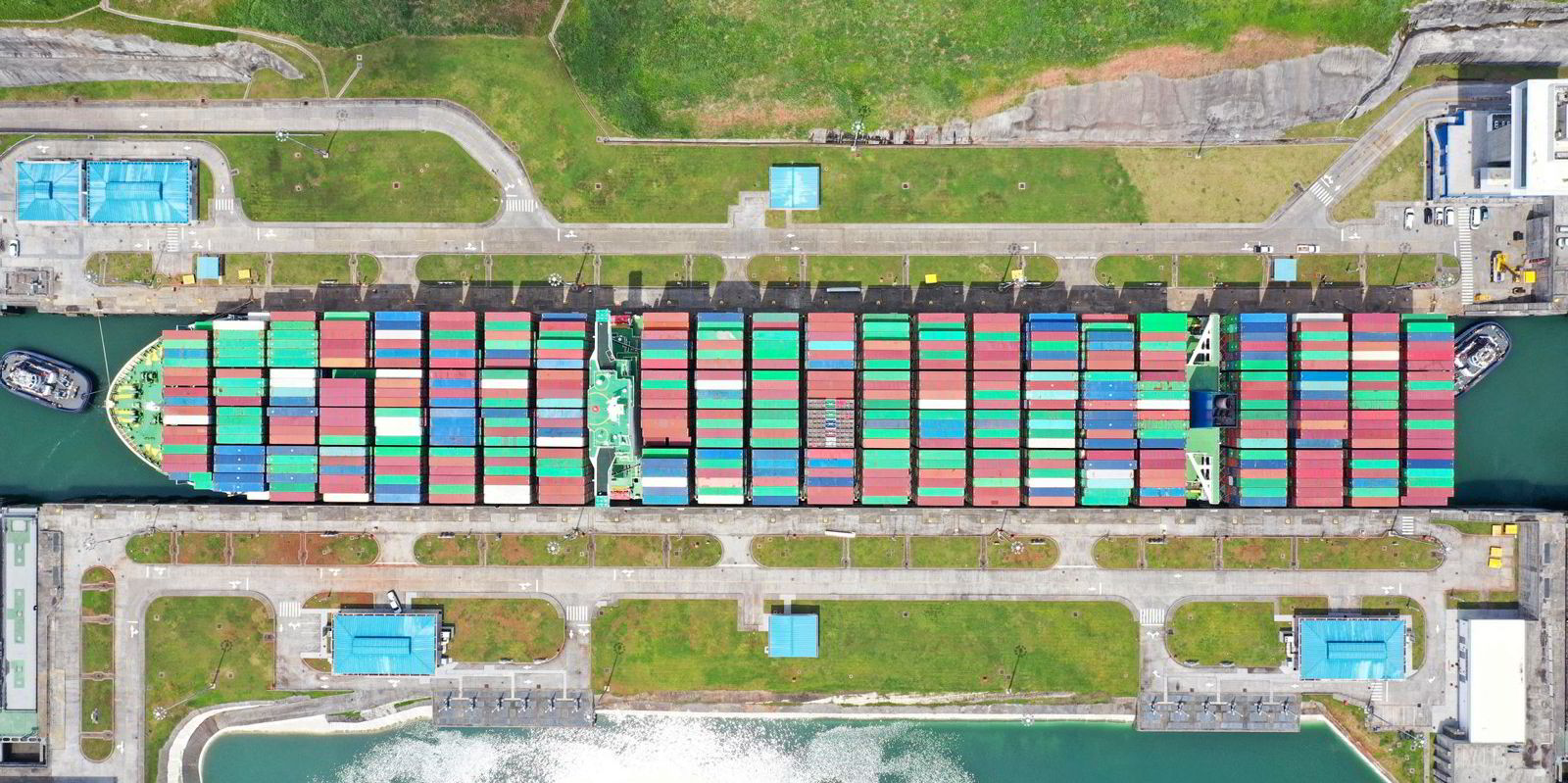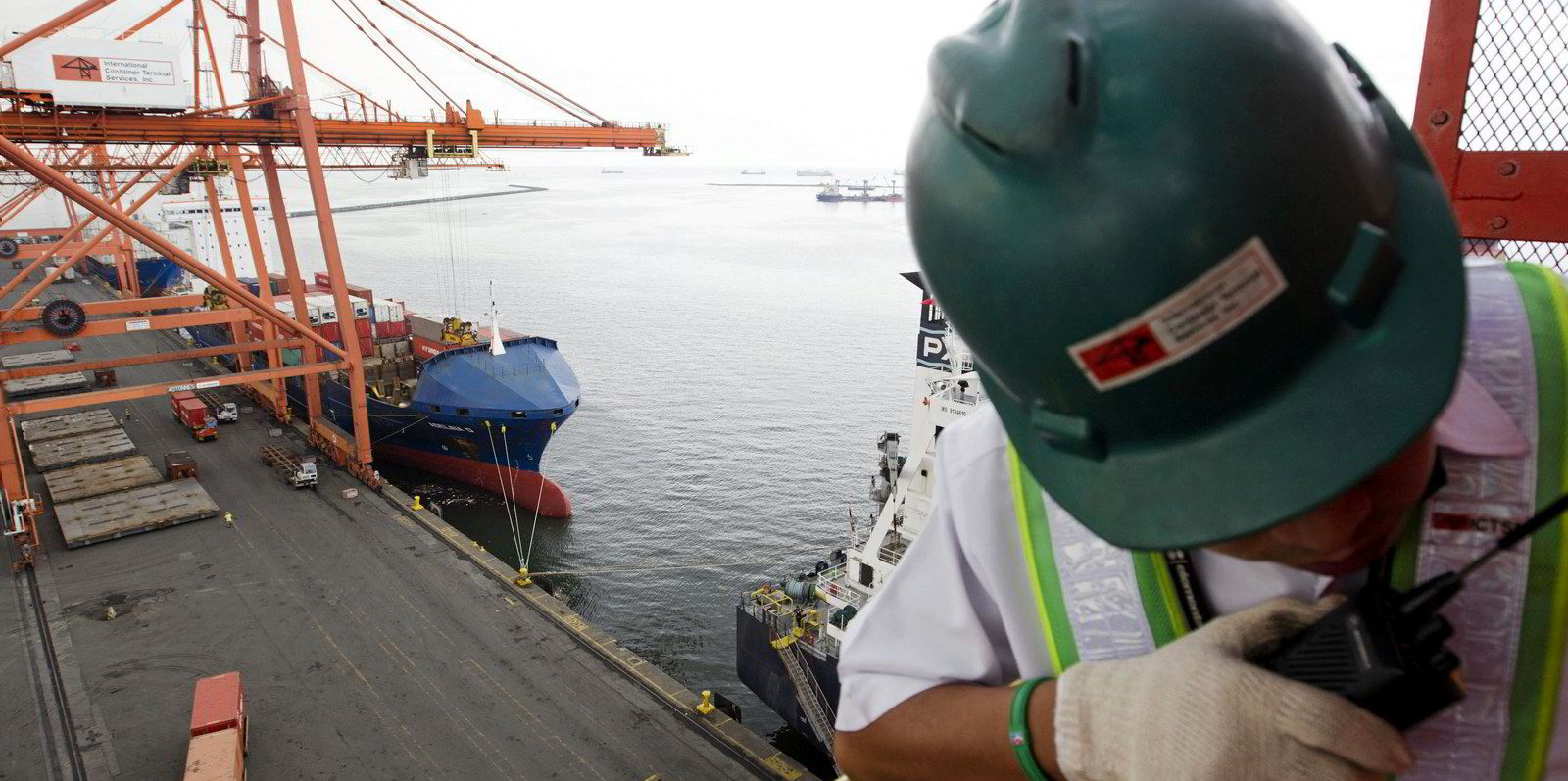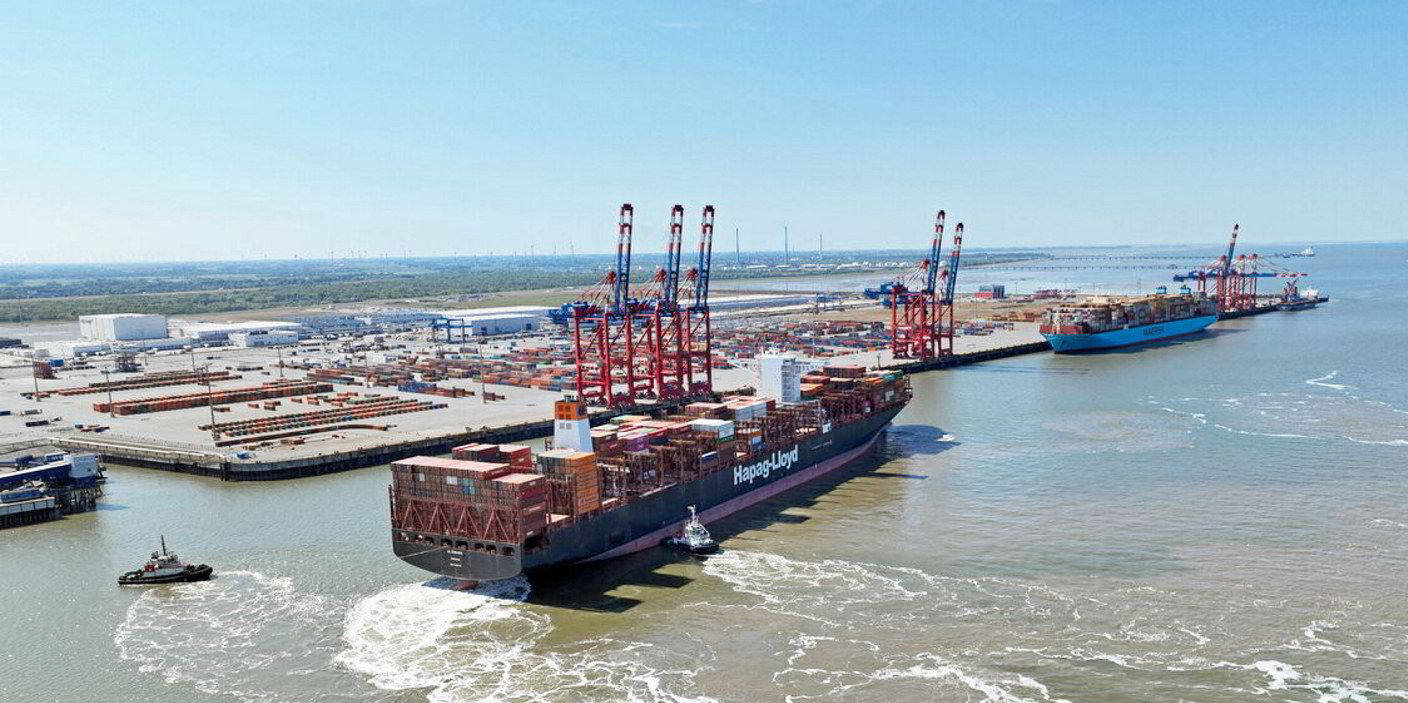Where will it all end? That is the question being asked as the container market continues to suffer further declines in volumes and freight rates.
Hopes that the pending peak season would lift rates have been dashed by steep falls in both long-term and spot rates.
Expectations for a second-half 2023 rebound for volume and pricing have been thwarted by slower-than-anticipated demand and global trade developments, according to a report by AlixPartners.
“Meaningful recovery in freight conditions won’t likely manifest until at least the first half of 2024,” the US consultancy said.
That pessimism is baked into the price of freight after long-term rates fell for their third consecutive month.
Long-term rates fell a further 9.4% in June to a 23-month low, with little hope of a turnaround on the horizon, according to Patrik Berglund, chief executive of freight benchmarking portal Xeneta.
He describes the sharp fall of nearly 50% over the past three months are “highly unusual”.
“Furthermore, with ongoing weak demand, continuing macroeconomic and geopolitical uncertainty, and a growing excess of capacity, it’s difficult to see how the industry can turn this current trend around, at least in the short-term,” Berglund said.
The gloomy picture is mirrored in the spot market where freight rates have fallen back, despite attempts by carriers early in June to hike rates on the transpacific and Asia-Europe lanes.
Prices from Asia to the US west coast fell 25% in the two weeks to 29 June to $1,198 per 40-foot equivalent unit (feu) 29 June, according to the Freightos Baltic Index (FBX).
Rates from Asia to Northern Europe were $1,297 per feu and remain below levels in May and on par with 2019 rates.
What peak season?
The stagnating market comes amid increasingly pessimism projections for the peak season rebound in North America and Europe this year.

UK-based Maritime Strategies International said the second half of 2023 would be “challenging”.
“We, therefore, expect only a small rise in freight rates on the main lanes in late Q3 and early Q4 with risks weighted to the downside,” it said.
The analyst suggested more has to be done with respect for industry restocking “if demand is to pick up sufficiently to offset looming massive capacity injections”.
Xeneta’s data demonstrates huge declines in long-term rates for the year to date on the main container corridors.
The Far East export benchmark has declined steeply since December 2022, shedding 65.3% of its value.
Single-digit month-on-month declines from February to April accelerated to double-digit drops for the last two months.
“This is a clear indication of weakening demand from essential Western markets and a worrying omen for the major players in this fast-paced, always evolving shipping segment,” Berglund said.
“There really are very few bright spots with the only exception this month being the trade lane from South America East Coast to China, which is up by 11% month on month. Hardly enough to lift the hopes of anyone within the carrier community.
“One is left wondering where this will all end.”
Sitting idle
Despite the gloom, AlixPartners argues that industry players and investors cannot sit still.
The analyst said cash generated over the past two years should be used to fund mergers and acquisitions, restructuring and operational upgrades.
New trade lanes are opening additional opportunities to develop strong long-term relationships, with nearshoring being an example.
“Additional strategic acquisitions can be made during this rough patch to set companies up for the future,” AlixPartners said.
“Distressed asset/debt sales will present opportunities for consolidation, as smaller firms or highly leveraged firms struggle in the low-price environment.”
Ocean volumes are down 10% overall, and port terminals remain under-used, according to AlixPartners.
Net income for ocean carriers in 2023 is roughly 70% lower than the same period in 2022, but still above historical pre-pandemic averages.
“While carriers will likely be profitable this year, proceeds will be tamer than they were in recent years,” it said.






